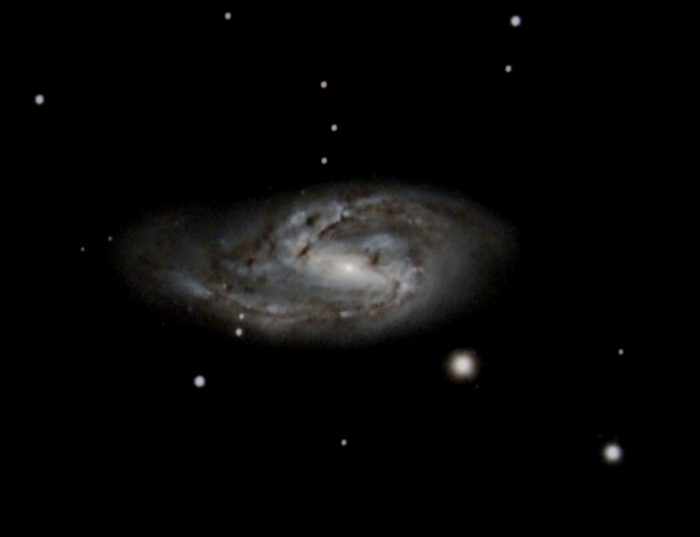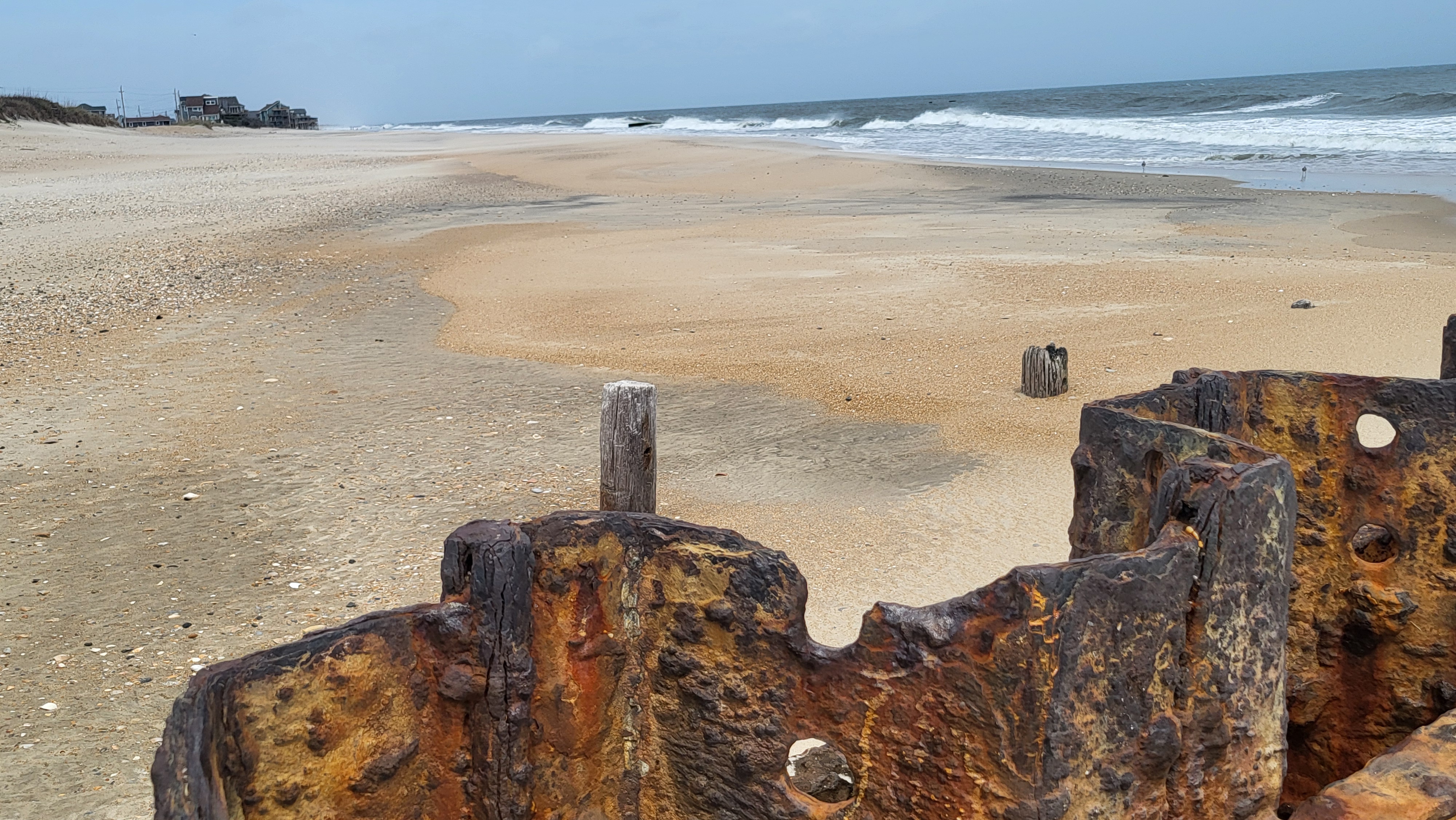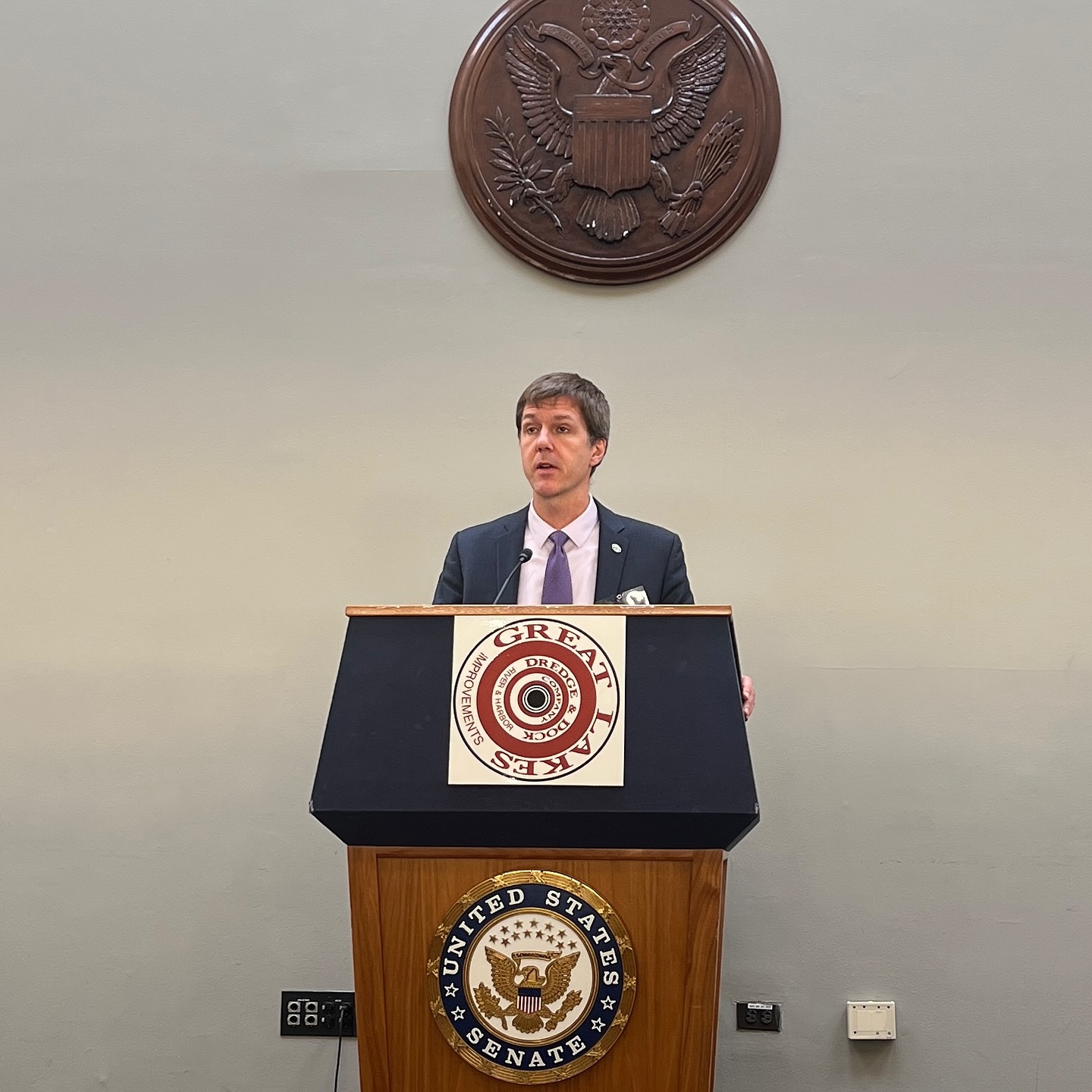Night Sky: Three Galaxies for the Price of One, and More Highlights for June
This is the Leo Triplet.

As the name implies, this close group of three galaxies is in the constellation Leo. The group is about 35 million light years from us. The galaxy at the top is M 66, below and to the left is M 65, and to the right is NGC 3628.
The three are neat to look at as a group, but they happen to be close and bright enough to view individually.
Here is M 66.

With a visual magnitude of +8.9, M 66 is the brightest of the three galaxies. It’s about 31 million light years away from us. It is estimated that M 66 is close to 75 thousand light years in diameter.
M 66 was discovered by Charles Messier in 1780.
A mere 190,000 light years from M 66, we find M 65.

Like M 66, M 65 was discovered by Messier in 1780. I think it’s probably safe to assume he spotted M 65 first, even though with a magnitude of +9.2, it is the dimmer of the two. M65 is 42 million light years away from us.
Some sources claim you can spot M65 and M 66 with a good pair of binoculars. I have not been able to verify that claim so it might be a good project for a clear calm night.
The third member of the triplet is NGC 3628.

Messier did not see this edge-on galaxy when he discovered M 65 and 66 in 1780. Its visual magnitude of +10.2 might have put this galaxy beyond the range of Messier’s telescope. It was discovered four years later by William Herschel. NGC 3628 is about 35 million light years away from us!
What you can look for in June’s Night Skies
Look for Mercury near the WNW horizon right after sundown. With a visual magnitude of +0.3, it’s not as bright as Venus, but this smallest of planets is still a nice sight. Don’t confuse Mercury with the star, Capella. They will both be about the same distance above the horizon. Capella with a visual magnitude of +0.07 is a little brighter and more to the NW.
Jupiter rises in the East at about 11:15 p.m., followed by Saturn at 11:30, and Mars at 1:42 a.m. There are two invisible members to this group, the dwarf planet, Pluto and Neptune. Pluto begins the month slightly in front and below Jupiter. Neptune rises about a quarter hour after Mars. With a visual magnitude of +7.9, you can see it through binoculars or a small telescope. Its blue color makes Neptune easy to identify.
There are no major meteor showers visible in the Northern Hemisphere during June.
Moon Phases:
1st Quarter is June 28
Full Moon is June 5
Last Quarter is June 13
New Moon is June 21
































